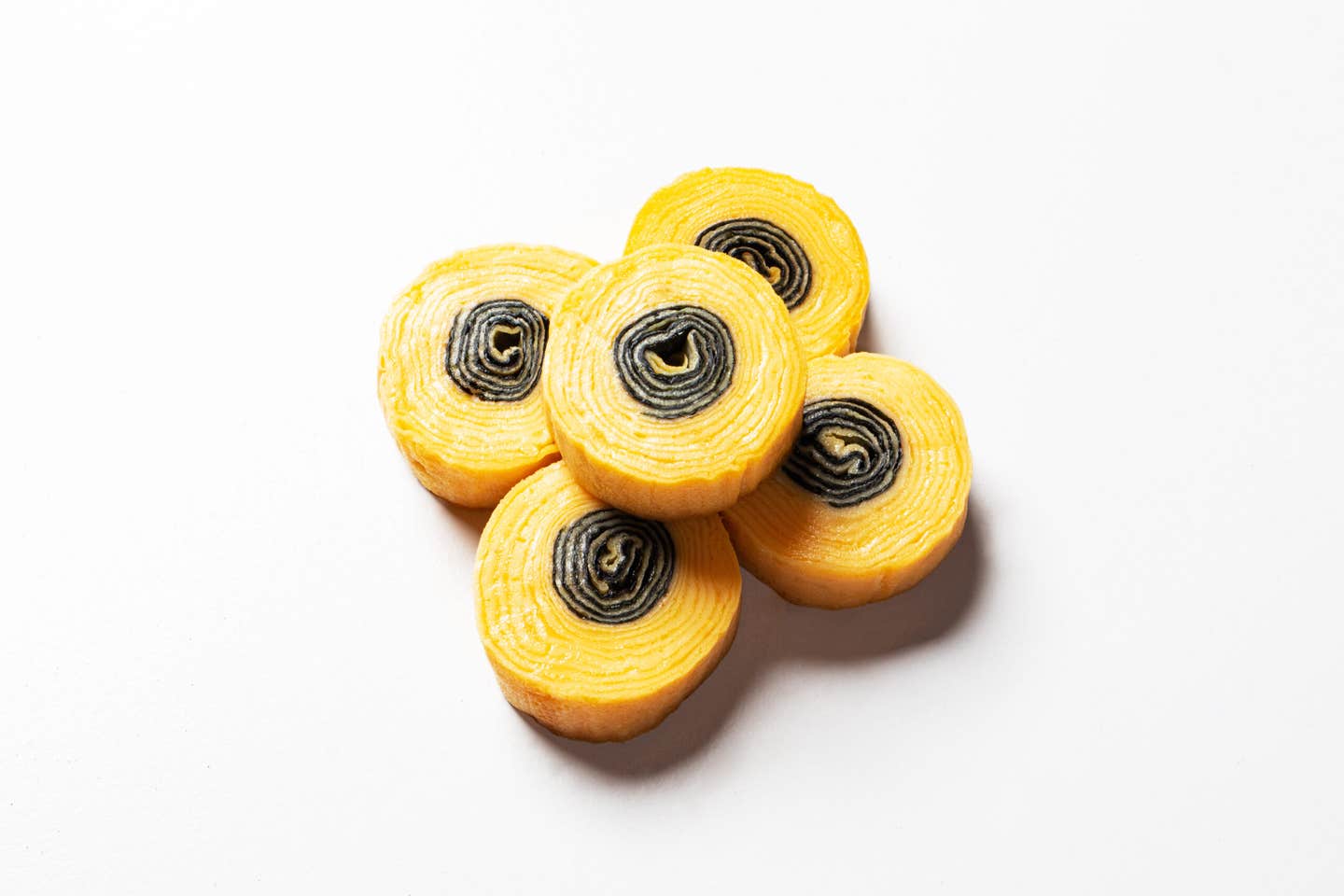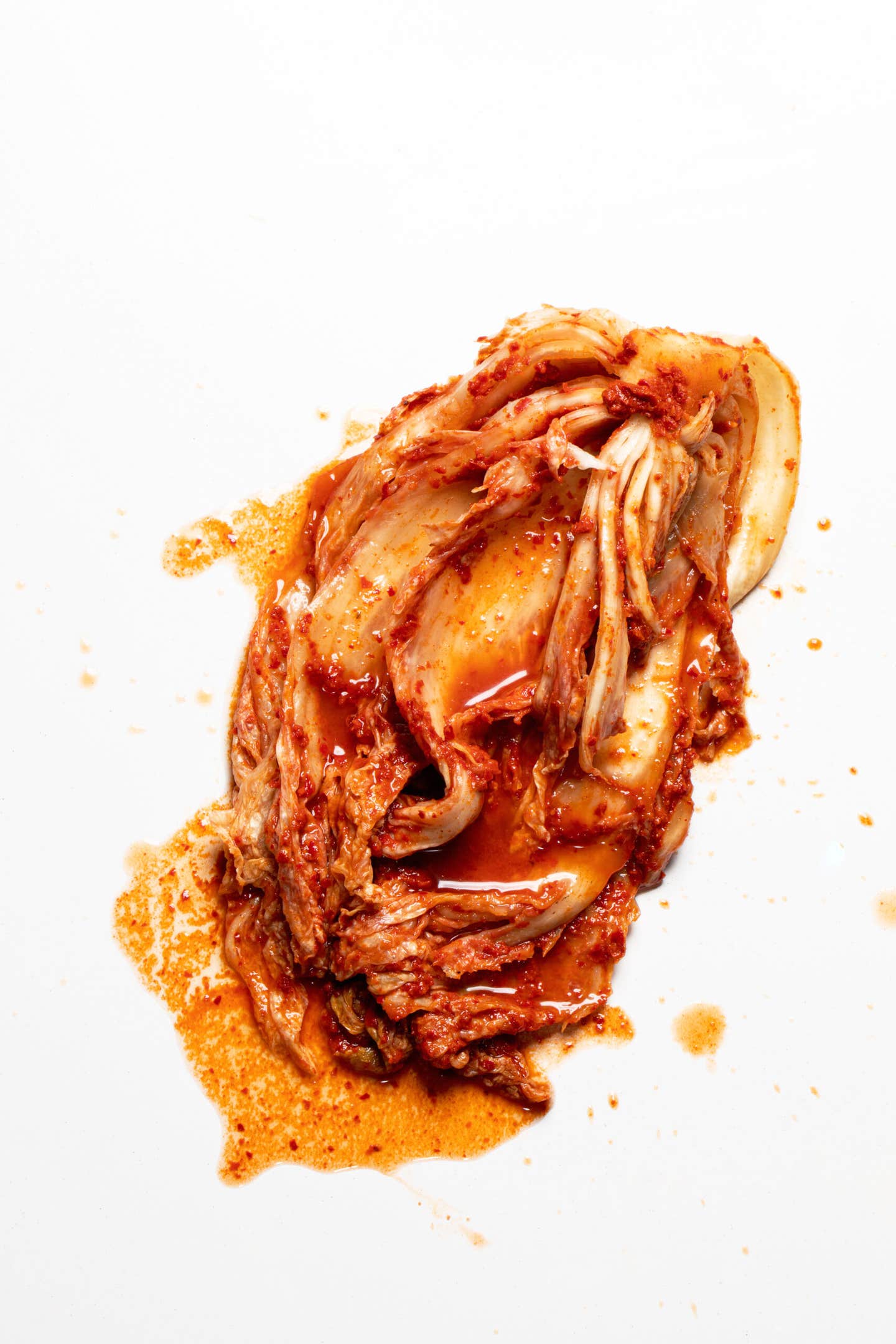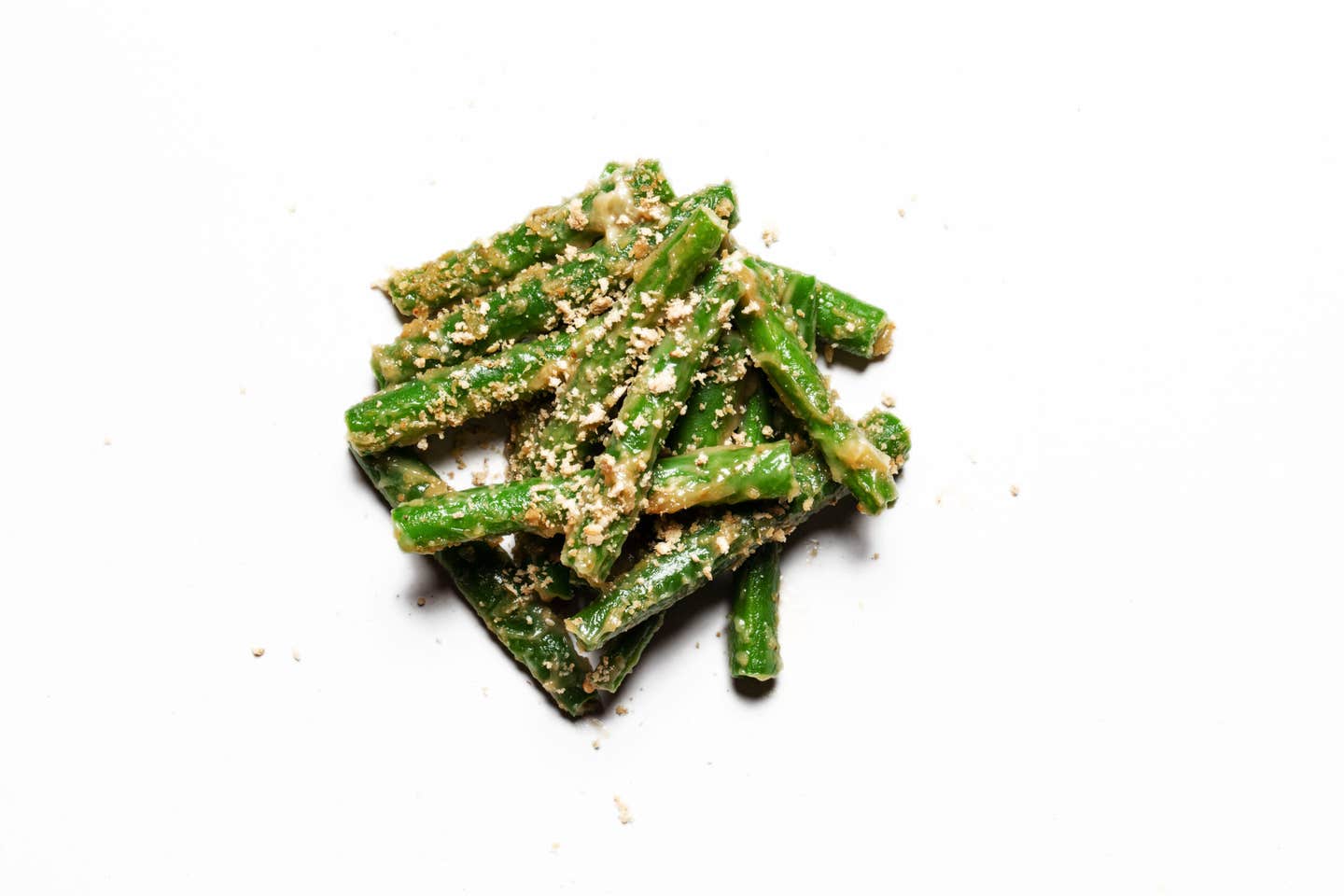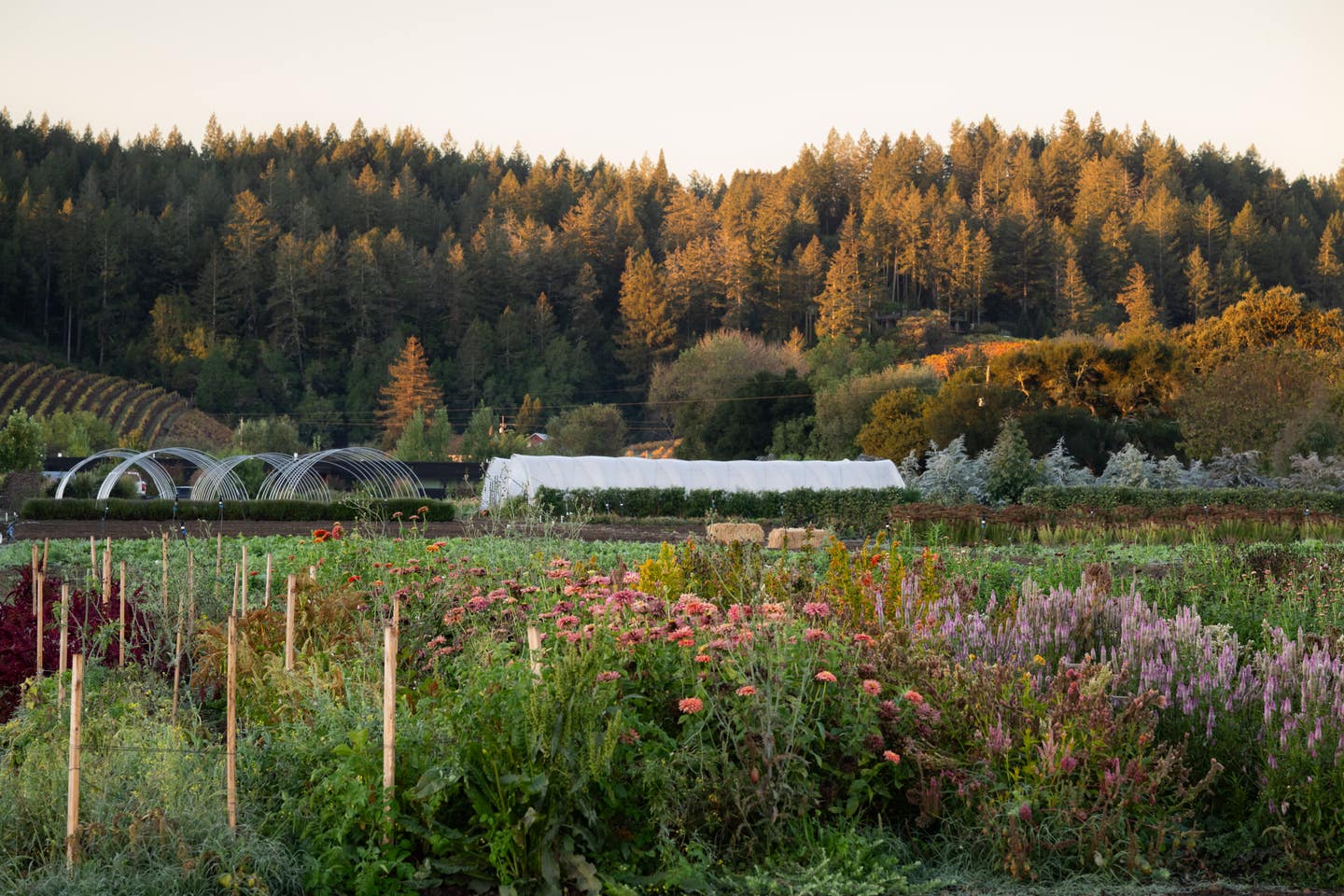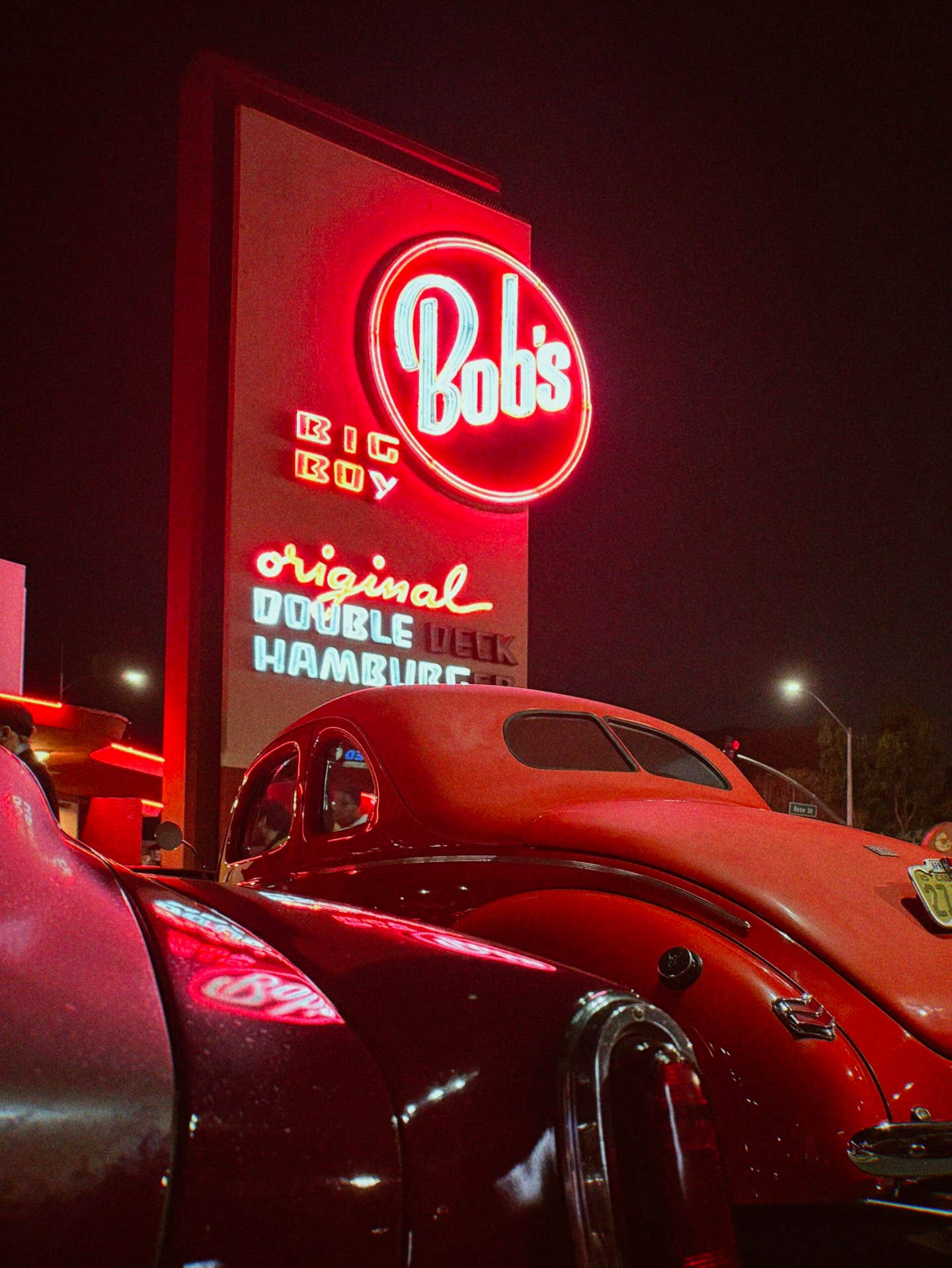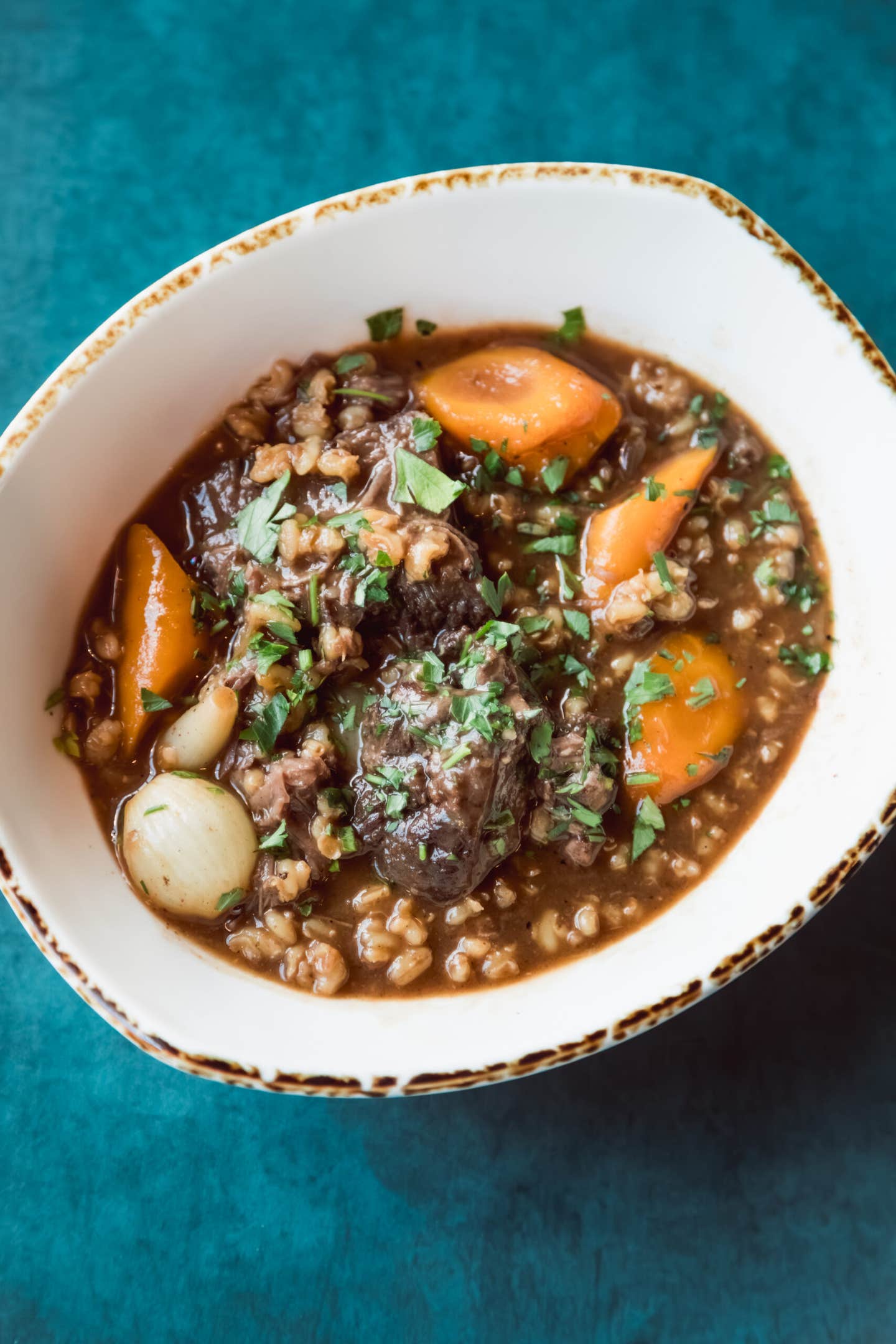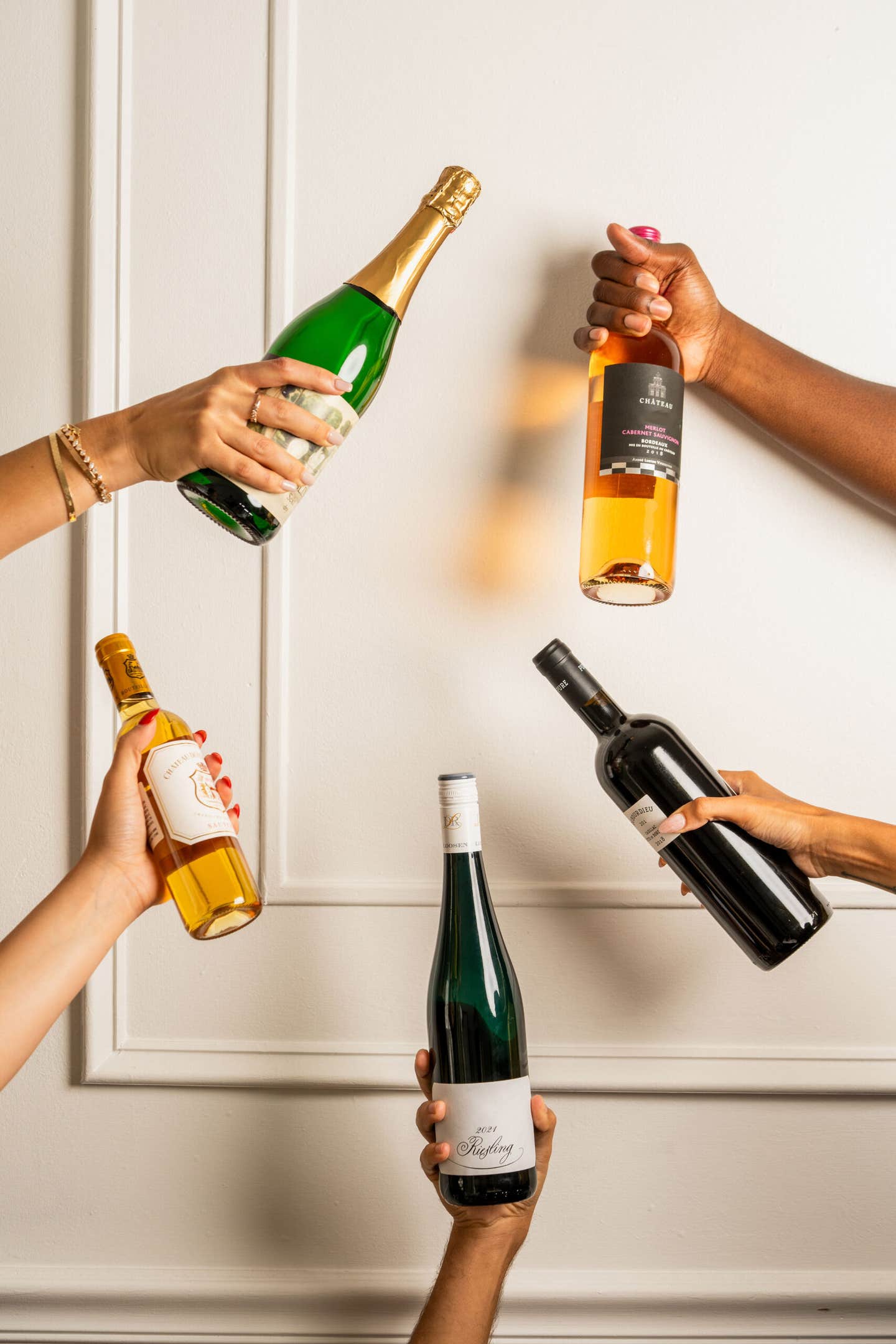Meet the Micro-Neighborhoods
Sprawl is a four-letter word that’s been thrown at our city by almost everyone, ourselves included. But like wildflowers budding in the desert, when you peer closer at LA, you can find a city full of life and color and intricacy.
by Sophie Nau
Sprawl is a four-letter word that’s been thrown at our city by almost everyone, ourselves included. But like wildflowers budding in the desert, when you peer closer at LA, you can find a city full of life and color and intricacy. And it seems more recently (post-pandemic, perhaps?), street life is blooming in unexpected nooks and crannies. It might be a small stretch of street—no more than a couple of blocks, and sometimes just one—that is suddenly layered with people milling about, anchored by a shop, a grocery store, and most definitely a restaurant or two or three.
How do restaurants turn a street from a thoroughfare to a destination? Of course, when talking about neighborhood development, there is the question of who the development is for. People have lived in these areas since before they were buffed out to shine, and there’s a problem if landlords prioritize the money of tourists over residents. But a distinction should be made between big time developers and restaurants that move in for the opportunity to do what they want to do: offer hospitality.
I spoke with three restaurant owners in bustling little slivers of the city, to learn more about these “micro-neighborhoods” and how they are contributing to them.
My first stop was Melrose Hill, a section of town hovering around Melrose and Western that has seen an influx of restaurants and art galleries in recent years. Contrary to popular belief, “Melrose Hill” is not a recent realtor re-branding. The neighborhood has been a designated Historic Preservation Overlay Zone since the 1980s, with iconic lampposts and a few dozen Craftsman-style homes quietly tucked away from an industrial-tinged stretch of Western.A 2004 LA Times article profiled Melrose Hill as a hidden gem but listed one downside: no walkable amenities. Two decades later, that’s changed. First Gjiata and Kuya Lord moved, and in 2023, double punch Ètra and Café Telegrama (an Italian restaurant and café, respectively) opened their most inviting doors.
“My forever thought is, ‘How do you open a restaurant that feels like it’s been there for a long time?’ And that was a lot of the feedback that we got on both of these when we opened, which was really cool,” co-owner Andrew Lawson told me, as we sat at a sun-dappled table in Ètra pre-service. Indeed, the room was cast in a soulful patina that gives the accurate impression that you’re in good hands while dining there.
Lawson, along with business partners Evan Algorri and Tyler Stonebreaker, opened Ètra and Café Telegrama in a building that had had held previous iterations as a karate dojo, a Paramount backlot, and the art studio of Ed Ruscha’s childhood friend Joe Goode, but had been vacant for a few years. Like the building, Melrose Hill has always had an art-tinged history, one that’s been rebooted with openings of galleries like Southern Guild, Fernberger Gallery, and David Zwirner.
Lawson did his GM reps at the esteemed Estela and Flora Bar in New York. For the LA native, hospitality is paramount, and the joy he takes in it is palpable. “As much as I love food and dining and entertaining, which I very much do, people were always the center point for me,” he said of his formative management years.
And they still are. On a summer weekday at Café Telegrama, there were duos and trios having lunch, a mom and kid sharing a pastry, a visiting couple relaxing over a midday coffee.
“It’s totally mixed and diverse,” he said of the regulars, “which is exactly what we had hoped for. It’s people that live in the area that walk here. It’s people that live in Los Feliz and drive here. It’s people that work at the studios. It’s people that are coming to see the art galleries and walking the neighborhood. You know, it’s the Westside person meeting the Eastside person somewhere in between…. And it’s really indicative, I think, of LA and the neighborhoods that the restaurants intersect.”
Silver Lake, Los Feliz, Koreatown, Larchmont, Hancock Park, East Hollywood: Like tectonic plates, the confluence of these neighborhoods at Melrose Hill creates a fault line of new space. And with culinary concepts like Chainsaw LA moving in, the area continues to brim with possibility.
“People have noted that since our restaurants and other businesses in the area have opened, the neighborhood feels safer. And I think people obviously feel really good about that,” Lawson said. “Hopefully we as operators—and I know I can speak for many of the other operators here—are adding life and safety and community to the neighborhood.”
I was reminded of Jane Jacobs’s 1961 book The Death and Life of Great American Cities, where Jacobs—passionate that bustling city life makes for safer spaces—compares street life to a ballet “in which the individual dancers and ensembles all have distinctive parts which miraculously reinforce each other and compose an orderly whole.” In a city full of strangers, Jacobs writes, “The bedrock attribute of a successful city district is that a person must feel personally safe and secure on the street among all these strangers.” And the way to do that, she says, is simple: having people on the sidewalks. And the way to do that? Restaurants, bars, shops. Somewhere for life to happen.
Driving to the Alpine Courtyard complex in Victor Heights, one can see why the neighborhood has historically been called “the Forgotten Edge.” Sitting somewhere between Chinatown, Downtown, and Echo Park, the rush of the 110 Freeway sounds like it might sweep it away. But then you see the signs, literal signs, that point you towards a serene oasis of buildings around a pleasant, shaded patio. The bungalows (more than 100 years old) clustered around the patio are home to “micro-businesses” that benefit from the reduced overhead of lower rent.
The Alpine Complex isn’t immune to the problems that all restaurants are facing—reverberations from the pandemic, fires, and ICE raids—but operating in what is essentially a (chic) converted garage makes such unique businesses as Kim’s possible. Being surrounded by other small business is also a boon. When one tenant couldn’t afford the whole space, Lou brought in a smaller concept of Cassell’s to split it with her. Elsewhere in Alpine is vegan bakery Baker’s Bench, Heavy Water Coffee, and new culinary darling Baby Bistro.
Historical preservationist architect Jingbo Lou developed Alpine Courtyard, just as he has painstakingly restored the Hotel Normandie and renewed LA institution Cassell’s Hamburgers with chef Christian Page. When Lou reached out to Jihee Kim, who had started her Korean banchan business Perilla during the pandemic, about opening a brick-and-mortar in Alpine, she immediately trusted him as a landlord and saw the potential of his vision. Importantly, there has been pushback to the complex, with residents expressing concern over the development that was formerly residential. But the small-business owners who have moved in hope it provides a respite to the community. Previously, residents had “nowhere [to go], not even to just have a coffee or pastry,” said Kim. Now some people linger here all day.
“I feel like first-time business owners like us, we can’t have a major location…. With other small business, when we grow, we all grow together,” Kim said.
For Ari Kolender, the chef behind Found Oyster on Fountain Avenue and Queen’s Raw Bar and Grill on York Boulevard, “the idea of building community and a place for people to just either celebrate or relax is super important. And that’s kind of really the focal point of hospitality, in my opinion.”
As with Alpine Courtyard, Kolender brings up an essential and easily overlooked point: These fringy, less-defined areas often offer cheaper rent, and restaurants, especially first-time owners, almost always need cheaper rent to open, period.
“Honestly, if we didn’t have the rent deal we had, we would have closed during the pandemic,” he said of Found Oyster. City governance, hardly known to be a friend to small business operations, doesn’t make it easy for first time restaurant owners.
Besides the rent, Kolender was also drawn to the two-lane, semi-shady loveliness of Fountain Avenue for Found Oyster. Like Melrose Hill, the block is an in-between neighborhood that merges the palpable energies of Los Feliz and Silver Lake, Hollywood and Koreatown. COVID ordinances that allowed beer and wine to be served outside also helped nudge Los Angeles out onto the sidewalks, bringing a touch of European city life that Kolender admires. Similarly on a stretch of York where Highland Park meets Eagle Rock, he hopes the establishments on Queen’s block—Wild Crust, Fondry, and Potluck Local—have a combined energy that’s additive to the neighborhood.
Additive is the key word here. Rather than pushing out beloved establishments, Kolender hopes newer restaurants also bring more attention to mainstays, like retro diner Cindy’s.In this way, the restaurant can play its part in the artful street ballet.
“One of the best things about going to a restaurant, at least the ones that we create: We’re always interacting, and especially with the raw bars and people shucking oysters and serving you wine, and you get to talking, and it’s, like, ‘Oh, Bobby, where do you go for a drink after work? What’s your favorite spot in the neighborhood?’ So, we all learn from each other, us from our guests, and them from us.”
